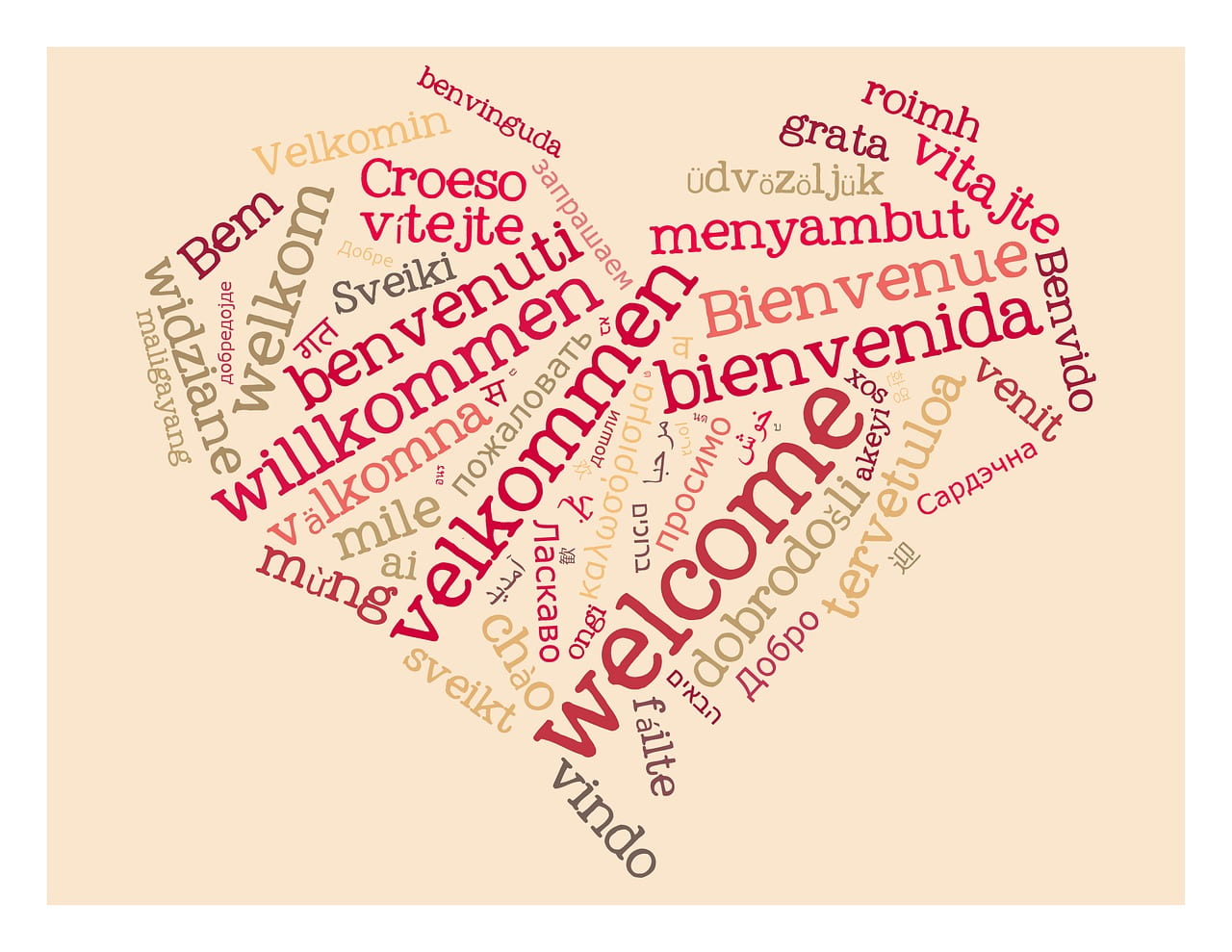
PublicDomainPictures / Pixabay
Translanguaging is the concept/idea of supporting students to use their home languages to learn and access content.
Here’s another way to describe it:
Translanguaging can refer to a pedagogical process of utilizing more than one language within a classroom lesson or it can be used to describe the way bilinguals use their linguistic resources to make sense of and interact with the world around them.
I’ve shared resources on it over the years, and thought it would be helpful to bring them all together in a “Best” list.
You might also be interested in:
The Best Multilingual & Bilingual Sites For Learning English & Other Languages
The Best Multilingual & Bilingual Sites For Math, Social Studies, & Science
The Best Resources For Learning The Advantages To Being Bilingual
The Best Funny Videos Showing The Importance Of Being Bilingual Or Multilingual
The Best Sites For Learning Spanish Online
The Best Sites For Learning About Google Translate & Other Forms Of Machine Translation
The Best Resources For International Mother Language Day
The Best Multilingual Resources For Parents
THE BEST SPANISH-LANGUAGE SOCIAL EMOTIONAL LEARNING RESOURCES FOR STUDENTS – HELP ME FIND MORE
Here are specific translanguaging resources:
The Science of the Bilingual Reading Brain is from Language magazine, and is about translanguaging.
Translanguaging: what is and what is not: https://t.co/kyzcGbnwe5
— Tan K Huynh (he/his) 🇱🇦🇺🇸🇹🇭🏳️🌈 (@TanKHuynh) June 17, 2022
What Is Translanguaging, And How Is The Concept Being Used? is from Babbel.
What Is Translanguaging in the Classroom https://t.co/tUekqSOTUP #WeCANN .@yvonnefreeman11
— Efraín Tovar, M.A.Ed (@efraintovarjr) April 2, 2022
🤩 “Translanguaging helps students increase their comprehension of the subject matter so that they can participate in class.” @TanKHuynh #EmergentBilinguals #Translanguaging pic.twitter.com/kIKS0QtsZx
— 🄴🄻🄴🄽🄰 🅁🅄🄸🅉 (@mruiz1Klein) February 1, 2022
Translanguaging: Theory, Concept, Practice, Stance… or All of the Above? is from CAL.
Translanguaging NOT translating!!!
🎤 drop! @GenovaHollyAnn
We are not teaching the article or the book…we’re teaching LANGUAGE ACQUISITION ~ #PLC4newcomers pic.twitter.com/HYzTvktnK4
— Emily Fɾαɳƈιʂ 💫 (@emilyfranESL) December 3, 2021
4 Steps to Get Started With Translanguaging is from TESOL.
What is Translanguaging? is from CUNY.
Valuing funds of knowledge and translanguaging in emergent bilingual students is from Teach Learn Grow.
Four Educator-Recommended Approaches for Teaching English-Language Learners is the headline of one of my Education Week columns.
3 Ways to Harness the Power of Translanguaging is from TESOL.
Translanguaging in the Content Areas is by Marilee Coles-Ritchie, Ph.D.
Breaking Down Barriers is from Language Magazine.
Wanted to share this fabulous @WIDA_UW brief on translanguaging. This graphic says it all:https://t.co/qhz9vJUmBP pic.twitter.com/A30F0tY8tl
— Tan K Huynh (he/his) 🇱🇦🇺🇸🏳️🌈 (@TanKHuynh) October 26, 2022
Translanguaging Is More Than A Good Idea is by JANA ECHEVARRIA.
Once criticized, ‘Spanglish’ finds a place in the classroom is from The Hechinger Report.
Translanguaging as part of the writing process is from Teach Learn Grow.
Translanguaging: Theory, Concept, Practice, Stance…or All of the Above? is from The Center For Applied Linguistics.
This is an example of a translanguaging sentence frame for newcomers:
– content words are not translated bc they were taught during class
– unfamiliar words are translated pic.twitter.com/cAPhzqLCNy— Tan K Huynh (he/his) 🇱🇦🇺🇸🏳️🌈 (@TanKHuynh) July 11, 2023
What Is Translanguaging and How Is It Used in the Classroom?
NEW: Translanguaging Can Be Part of Any Lesson.#elachat #sschat #scichat #mlchat #ellchat #ESL
By creating space for students’ languages (translanguaging) we give them tools to better understand content & more fully express themselves, says Tan Huynh.https://t.co/A1dirlgEUy pic.twitter.com/6BWo32Y5fn
— MiddleWeb (@middleweb) February 26, 2024
🔗 To infographic pdf:https://t.co/Yu9eeKiHgY
— TESOLgraphics (@tesolgraphics) April 19, 2024
Feel free to let me know what I’m missing!



Recent Comments